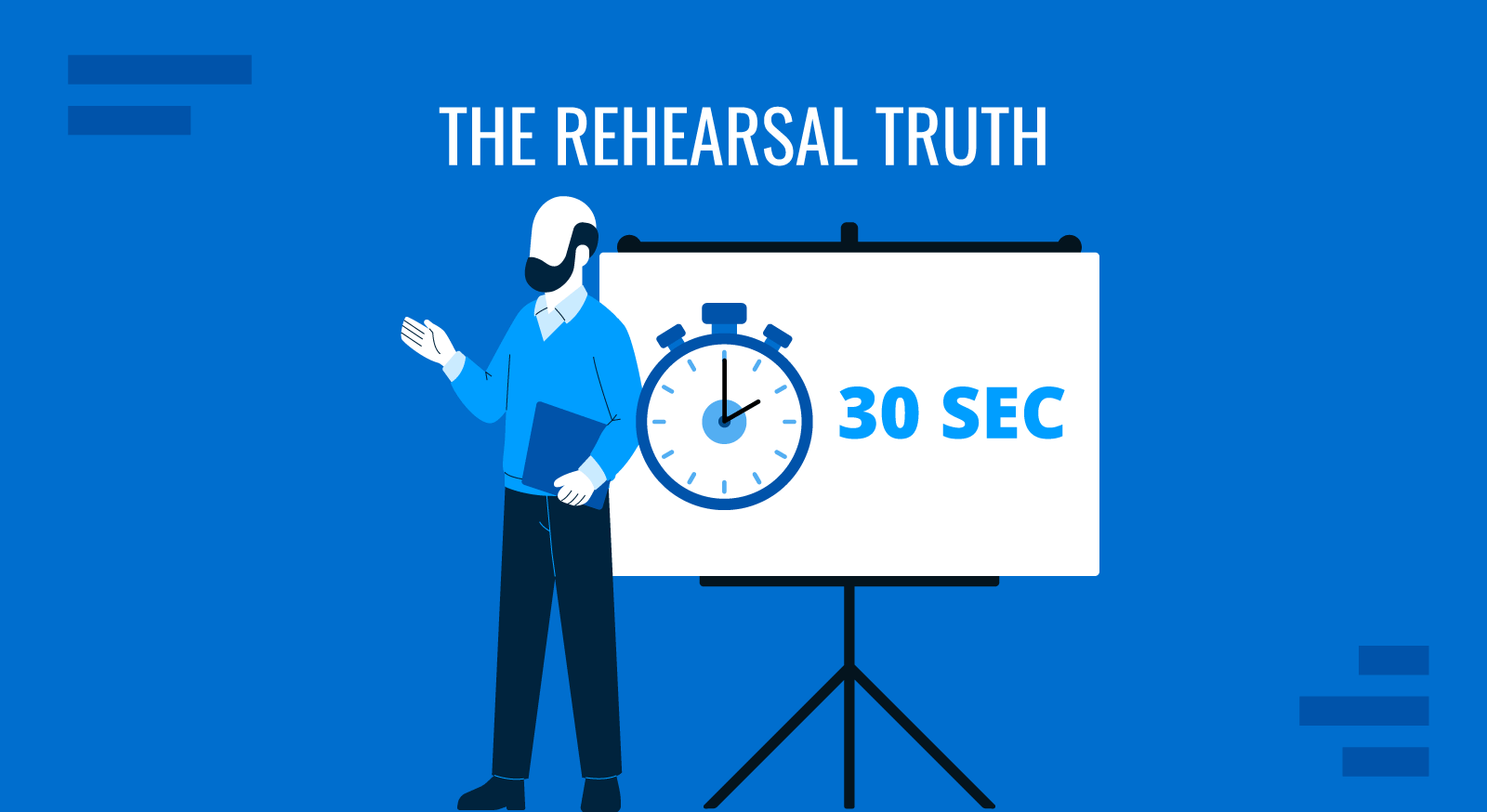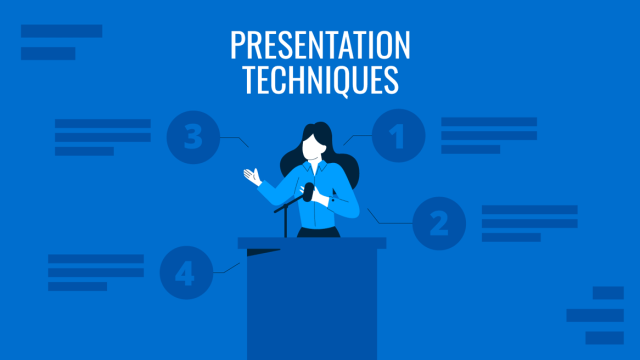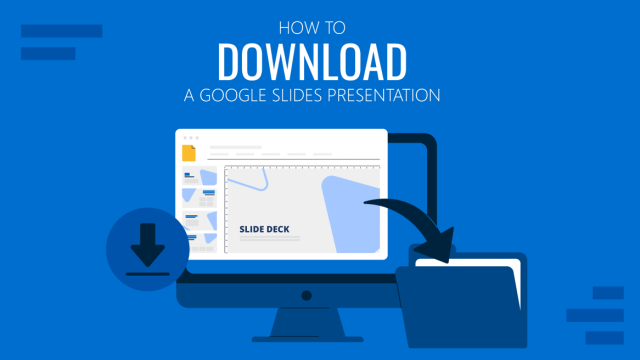
Public speaking is judged in seconds, not minutes. The moment you step on stage, your audience is deciding: do I lean in, or do I tune out? That decision happens fast, within the first 30 seconds. The Rehearsal Truth is simple: practice your opening three times more than the rest of your talk. Those opening lines aren’t just sentences; they are the gatekeepers of audience attention. If you stumble there, the rest of the message risks being lost before it even begins.
This doesn’t mean the rest of your presentation is unimportant. It means the opening is disproportionately valuable. It’s the filter through which every other word will be heard. You wouldn’t build a house on a weak foundation, and you shouldn’t make a presentation on an under-rehearsed opening.
Why Openings Carry More Weight
Studies on audience attention reveal that listeners form lasting impressions within the first 30 to 60 seconds. Researchers at Princeton have demonstrated that people form judgments about credibility and competence within 30 seconds. In the context of public speaking, this means your delivery, confidence, and tone in that window decide whether your audience will grant you their focus.
Rehearsing the opening three extra times builds fluency. It eliminates the shaky starts that come from nerves and replaces them with practiced control. A polished opening signals authority before you even reach your second point. As presentation coach Carmine Gallo puts it, “I recommend rehearsing the entire presentation until you can deliver it effortlessly, without thinking about the first words you’re going to say.”
How Presenters Experience the Opening
Every speaker feels the surge of adrenaline when a presentation begins. That rush can cause voices to crack, pacing to accelerate, and thoughts to scatter. The rehearsal truth presentation opening counteracts that chaos. By knowing exactly how your first lines will sound, because you’ve drilled them more than any other, you anchor yourself.
Many professional speakers admit they don’t rehearse every single line. But almost all of them rehearse their first 60 seconds meticulously. In our experience, nailing the presentation opening allows the rest of the presentation to flow naturally. If the opposite happens, the presenter loses credibility from the very first impression, leading to a skeptical audience that judges the content being delivered.
A Checklist for Rehearsing Your Opening
To bring this principle into practice, here’s a rehearsal checklist:
- Script your first 30 seconds. Don’t wing it. Have exact words prepared.
- Rehearse aloud, not in your head. Muscle memory comes from vocal delivery.
- Record yourself. Watch for nervous ticks: fidgeting, rushed words, or monotone.
- Test timing. Your opening should be sharp, under 30 seconds, but not rushed.
- Practice transitions. Don’t just end the opening; smoothly lead into the body.
If you can run through this checklist until the opening feels second nature, you’ll enter the room with momentum on your side.
Final Words
The Rehearsal Truth is not complicated, but it demands discipline. Your audience decides whether to follow you within seconds, and you control that outcome by over-preparing the beginning. Rehearse it three times more than the rest. Drill it until it feels natural. Make it so familiar that nerves can’t rattle it.
Once mastered, this approach transforms the way you walk on stage. Instead of fearing the first 30 seconds, you own them. And when you own the opening, the audience is yours for the rest of the journey.


